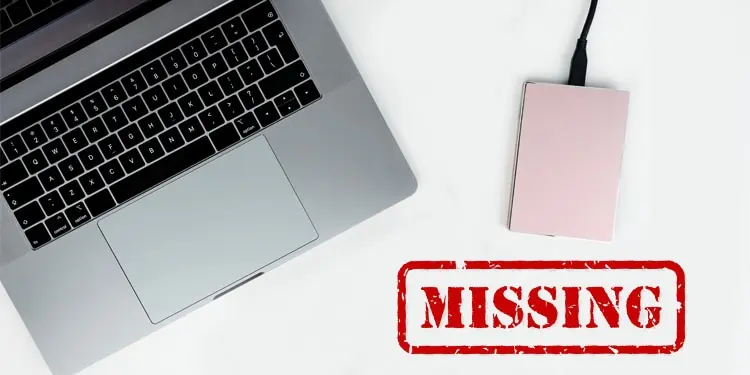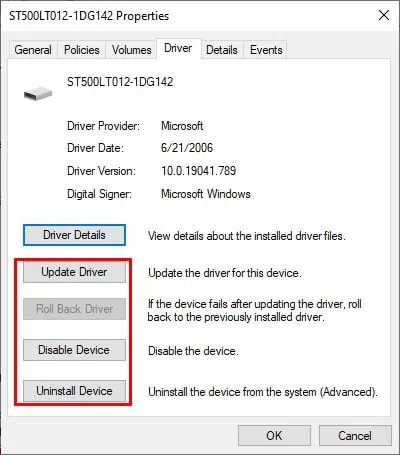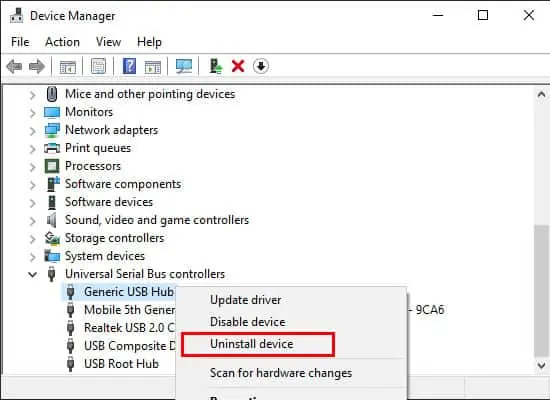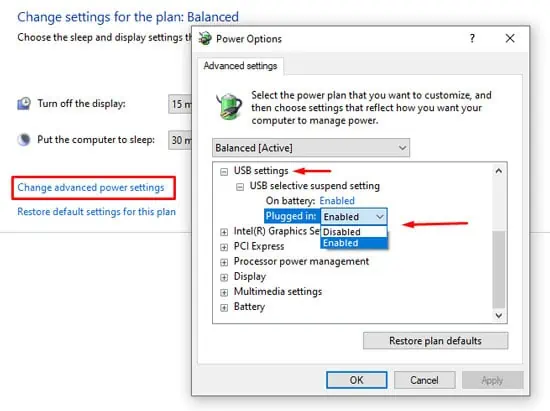Spacious, portable, fast, and affordable – external hard drives do it all. It comes as no surprise that they’re overwhelmingly used for everything from backups to data transfer. But it’s not all rainbows and sunshine.
Most people have had a hard drive or two fail on them, but this time, we’ve got you covered. We’ve compiled all the main reasons why an External Hard Drive may not show up on your PC, as well as how to get it working again.
Why is the External Hard Drive Not Showing Up?
On the software end, an uninitialized drive, an unsupported file system, and outdated device and motherboard drivers are the main culprits behind this issue.
How to Fix External Hard Drive Not Showing Up?
As usual, reboot your PC first. Regardless of whether a hardware or software issue is causing this problem, a simple restart can be enough to solve it sometimes. This is rare, but the OS can take a few minutes to mount the drive, especially in lower-spec systems. So wait for a bit.
Next, disconnect any unnecessary peripheral devices. Connect the HDD using different ports and cables to check if a faulty port or cable is the issue. If these didn’t help, you should move on to the solutions listed below.
Check Physical Components
First things first, check for any LEDs or sound to make sure the HDD is actually working and there’s no physical damage. If you hear a clicking sound (click of death) coming from the hard drive, the drive is likely dead.
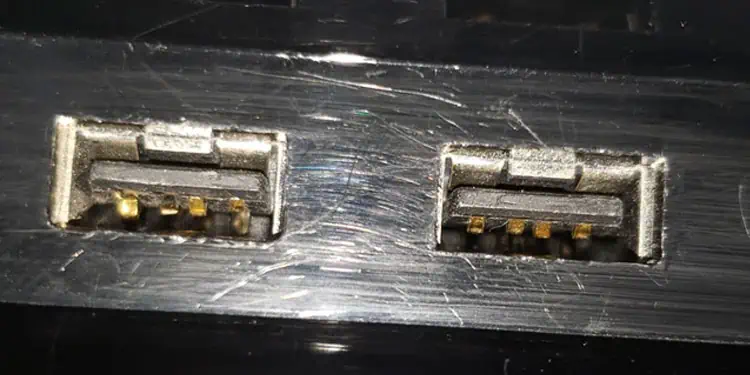
Next, check for any bent or otherwise damaged pins and verify the integrity of the USB Ports. Additionally, you should also access the BIOS setup utility and ensure that there are no issues with the power output of the USB Port.
Troubleshoot via Disk Management
A lot of users have reported that the hard drive shows up in Disk Management but not in File Explorer. This happens most of the time because the drive is uninitialized.
In this case, you can bring the drive online, initialize it, create a new volume, and then format it to resolve the issue.
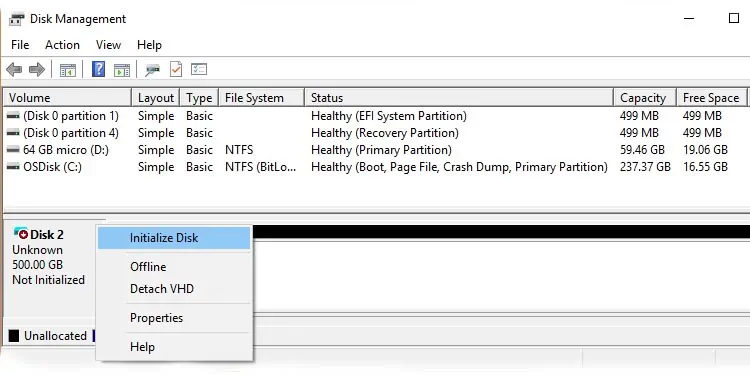
If you can’t afford to lose the data, we recommend using the Change Drive Letter and Paths option to assign a drive letter manually, as this alone can solve the problem at times.
Since the drive is at least accessible via Disk Management, we also recommend using the Hardware and Device troubleshooter before trying the solutions below. You can run this tool automatically by executing the following command in CMD:msdt.exe -id DeviceDiagnostic
Update Device Driver and System
Whenever a device stops working properly, the device driver is one of the first things you should check. Here’s how you can do so for the Hard Drive Driver specifically:
- Press Win + R, type
devmgmt.msc, and press Enter. - Expand Disk Drives and double-click the Hard Drive. It may also be listed as an Unknown Device sometimes.
- In the driver tab, select Update Driver and follow the on-screen instructions.

- If the hard drive stopped working after an update in the first place, try Roll Back Driver instead.
- If neither of these works, try the Uninstall Device option.
- Finally, expand the Universal Serial Bus Controller section and update the devices listed there.
- If that doesn’t help, uninstall them instead. Everything that’s uninstalled will be reinstalled the next time you restart, so you needn’t worry.

It may sound unlikely, but many users have reported that updating their system solved the issue for them. Here’s how you can do the same:
- Press Win + R, type
control update, and press Enter. - Click on Check for Updates.
- Download and install any available updates.
- Restart your PC and check for changes.
Disable USB Selective Suspend
USB Selective Suspend basically suspends individual ports that are not in use to help conserve power. If this feature malfunctions, it may lead to the suspension of ports that are being used as well. You can disable it with the following steps:
- Press Win + R, type
powercfg.cpl, and press Enter. - Select Change plan settings > Change advanced power settings.
- Expand USB settings > USB selective suspend setting.
- Change both On Battery and Plugged In to Disabled.

- Press OK to apply the changes.
Disassemble Enclosure and Connect HDD Directly
Unlike internal HDDs, which need SATA cables, you can use a USB cable to connect an external HDD to a PC. This is possible because external hard drives are enclosed in a case with a USB to SATA controller. If this interface is damaged or malfunctioning, that can lead to issues such as an external hard drive not showing up.
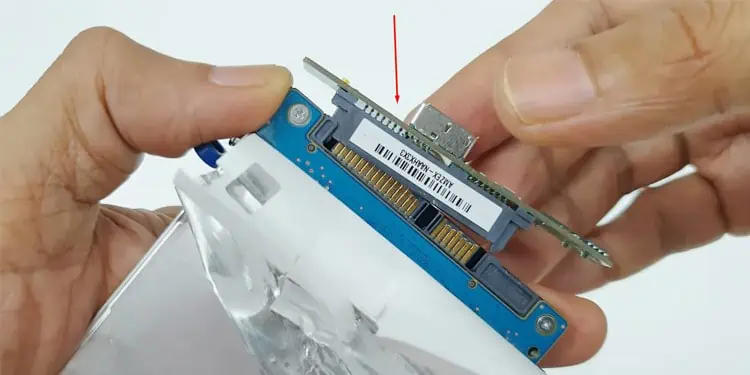
You can fix this by disassembling the external case and directly connecting the HDD to the motherboard using a SATA cable. Alternatively, you can also use the HDD with a different enclosure.
We recommend searching the HDD model online as the exact steps will slightly differ according to the model. But the gist is to undo the clips, remove the screws, then take off the cover.

